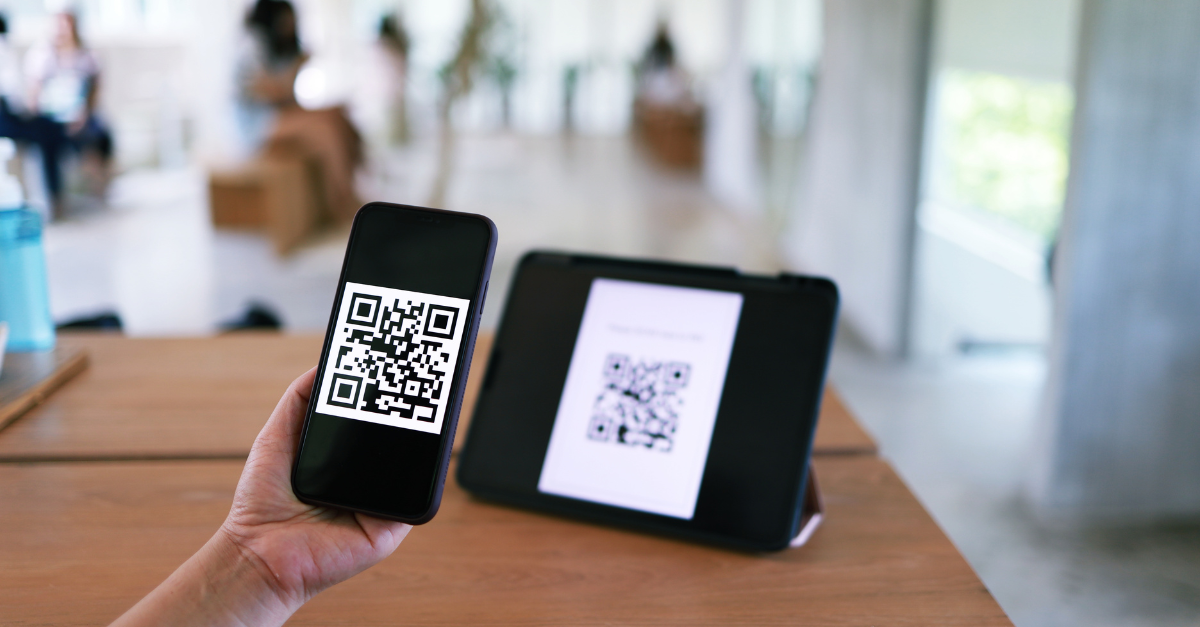Stopping Fraudulent Check Transactions Is Easier Than You Think

With check fraud continuing to rise, predicted to hit $24 Billion in 2024, many blogs and publications are calling for companies and individuals alike to stop using checks. Some are even giving guides on how to avoid check fraud which include tips like “stop putting your checks in the mail,” or “start using electronic transfer.”
Yes, individuals can move towards electronic payments easily with apps like PayPal, Zelle, Venmo, but when it comes to businesses? Asking to fully adapt to ACH will get you laughed out of the office.
In fact, 75% of businesses that experienced check fraud in 2022 said they will continue to use checks in their everyday transactions. In short, stopping the use of checks is much easier said than done. Why?
Check Elimination: Is It Worth It?
That’s not to say that companies don’t accept or send electronic payments. Most do, and it's becoming a more popular way of transfer. However, for most companies, even in the advanced Fortune 500, check payments are at the backbone of their B2B transactions, as they are still the most widely used and accepted form of payment, with 80% of large companies still using them in everyday B2B transactions.
If a company only issues or checks, their vendors have to be ready to accept that payment, and vice versa.
Transitioning out of check transactions could take years of planning, coordination with clients and vendors, and on top of that, substantial funding and training to get everyone in the company on board and familiar with the changes. Even then, you would still need to be set up to accept checks from companies who do not have the means to pay otherwise.
The training would require upending both Accounts Payable and communicating with your vendor AR departments, which rely heavily on checks, PDF check images, and printed remittances provided by their vendors to apply cash to invoices.

Cash Application in AR: Checks Vs. ACH
From a receivable standpoint, applying cash from an ACH payment to an invoice is much harder to do than applying from a check. Remittance details are usually attached to check and digitally scanned, making it easier for AR accountants to find and match invoices to the correct payments.
With electronic payments, it’s a different story. Most of the time, ACH payments do not have payment details attached but sent via email to a 3rd party mailbox. Even if the AR accountant can find these emails, there's a good chance the payment info needed is not listed. This cash would be left in limbo if it's not addressed immediately, causing unresolved payments and messy reconciliations that can last months.
ACH and Check Fraud: Which is the Bigger Problem?
ACH isn’t a foolproof solution to fraud, either. In 2022, 65% of organizations reported incidents of ACH fraud, and it's predicted to keep growing as fraudsters become smarter and more daring with the technology they use. Unsecured electronic transfers are easy to hack into and have a global reach, whereas checks are local and harder for fraudsters to get their hands on.
But let's address the elephant in the room. Yes, check fraud is rising and it is a problem, especially when it comes to check washing schemes, where criminals erase account information off of a check with household chemicals. Check washing is an older trick, but according to a 2023 report from the Better Business Bureau, its attributed to a loss of $815 Million a year.
TROY Group: The Fastest and Easiest Solution

Luckily, you don’t need to jump through hoops like changing your accounting or payment system, or even avoiding putting checks in the mail because of check fraud. Yes, stopping check usage is easier said than done, but stopping fraudulent check transactions is easier than you think.
TROY Group's comprehensive suite of products provides an upfront defense against the risks associated with traditional payment methods. By integrating advanced security features directly into your checks, printers, and payment software, TROY Group mitigates the vulnerabilities that make checks susceptible to fraud.
TROY's sophisticated MICR solutions:
Upfront security: TROY’s patented MICR Toner Secure stands as a safeguard against check-washing schemes by releasing a red dye whenever chemical alteration is attempted. This red dye alerts the bank that fraud has been attempted and that the bank should void the check immediately. It also will deter fraudsters from even thinking about trying to cash it.
Comprehensive Software: When printing checks, it's important to have the most updated and secure platform possible. TROY’s AssurePay Check is a cloud-based system that updates to the latest server updates, so you’re not burdened with the cost of maintaining outdated software with less security. AssurePay Check also uses single sign-on and multi-factor authentication, so your system is never compromised.
Secure MICR Printers and Blank Stock: By utilizing TROY-enhanced HP printers, you can ensure your checks are printed securely and accurately to blank check stock, so no fraudsters are able to obtain your account information if they stole a blank check out of your printer or mailbox.
Don't Change the Way You Do Business - Just Choose TROY
In an era where financial fraud is on the rise and cybercriminals are constantly evolving their tactics, TROY Group empowers businesses to stay one step ahead. By fortifying your payment system with our proven solutions, you can safeguard your assets, protect your reputation, and maintain the trust of your stakeholders.
By adding TROY's security, you don't have to change the way you do business entirely, you just need one solution.
Go to our website to find out how we can help.
Related Posts

Bank Tellers Are Going Away. What's Next?
The landscape of banking has undergone significant transformation. One notable shift is the steady decline in bank teller jobs, a trend driven by technological advancements,..

Platform Revolution: 4th Generation of Core Banking
The 4th generation of core banking has arrived, bringing with it a platform revolution that is reshaping the banking industry. This transformation heralds the transition from..

5 ATM Features Banks Need in a Cashless Society
As contactless payments, digital wallets, and online banking increasingly become the norm, the reliance on cash is steadily diminishing. This shift towards a cashless society is..



Leave a Reply